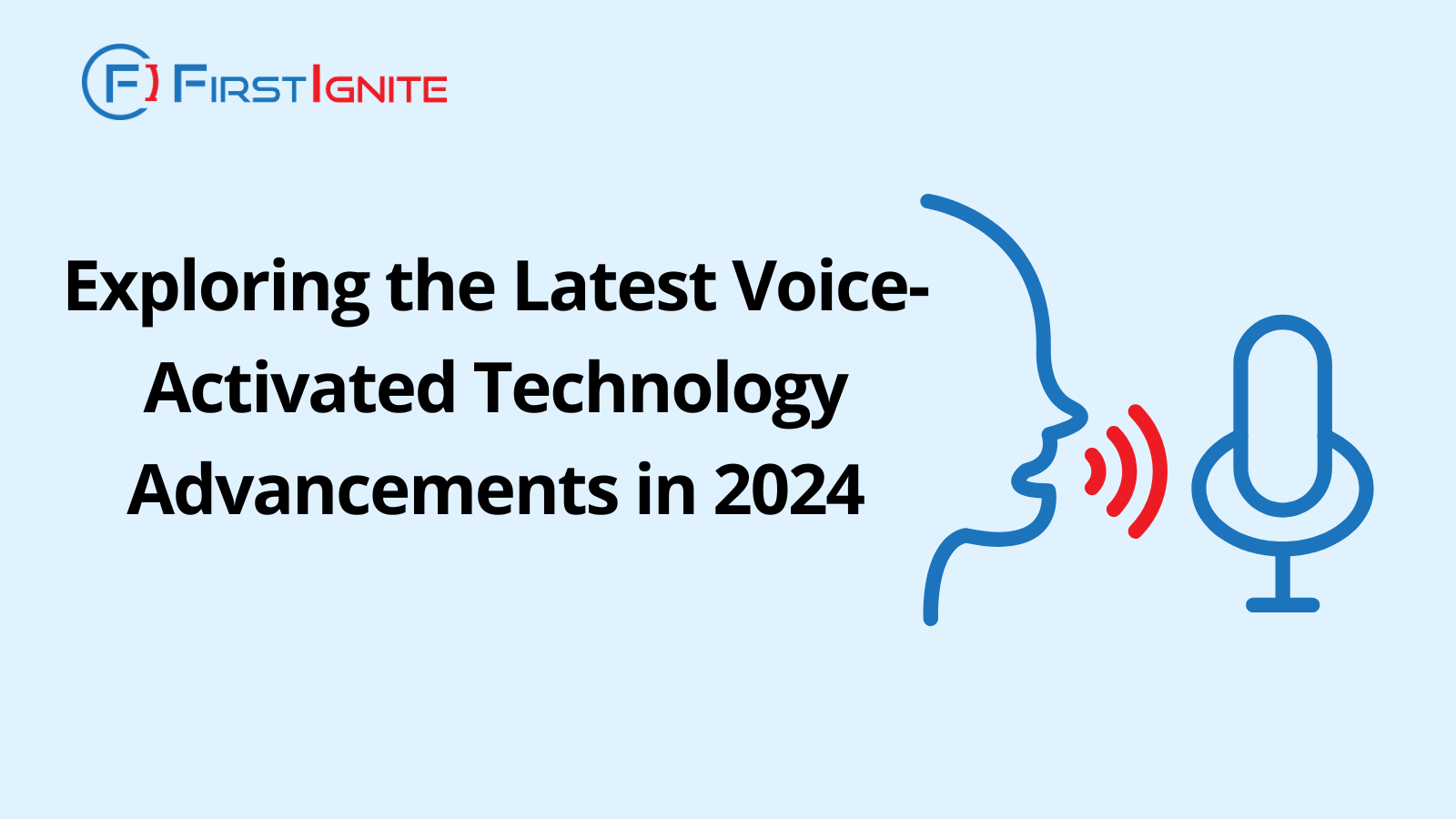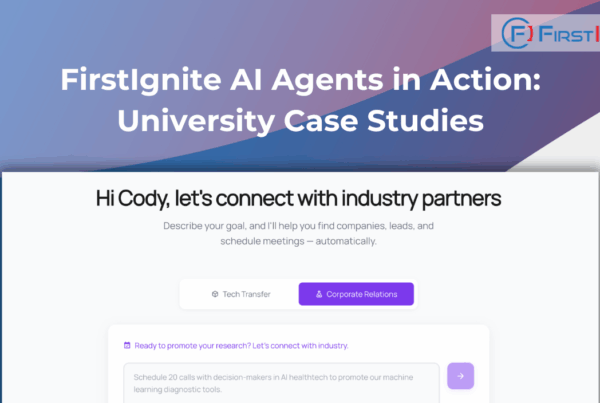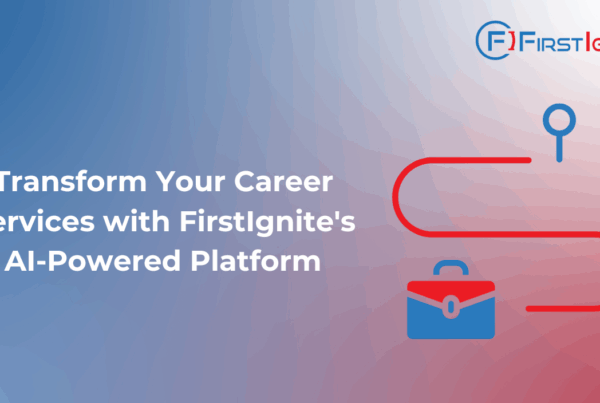
Introduction to Voice-Activated Technology
In the ever-evolving landscape of technology, one area that has witnessed remarkable advancements in recent years is the realm of voice-activated technology. From the humble beginnings of digital assistants like Siri, the field has now blossomed into a multi-faceted ecosystem, revolutionizing the way we interact with our devices and the digital world around us.
Voice-Activated Technology Advancements in 2024
In 2024, voice-activated technology will see major advancements, including multilingual capabilities that enhance global communication, improved contextual understanding and personalization for a more tailored user experience, and greater accuracy and reliability in speech recognition. These innovations will support seamless integration across various devices, from smartphones to smart home appliances, and expand functionality to handle complex tasks such as scheduling and creative applications.
AI Applications in Voice-Activated Technology
In 2024, AI will drive significant advancements in voice-activated technology. Natural Language Processing (NLP) will enhance understanding and response capabilities, while Machine Learning (ML) will improve system personalization and performance. AI will also enable seamless multimodal interactions, such as gesture and touch, and provide predictive capabilities to anticipate user needs. Additionally, advancements in emotional intelligence will allow these systems to better recognize and respond to human emotions, creating more natural and empathetic interactions.
University Advancements in Voice-Activated Technology in 2024
In 2024, significant advancements in voice-activated technology are emerging from universities like Western Michigan University (WMU) and Michigan State University (MSU). WMU, in collaboration with MSU, has received a National Science Foundation (NSF) Convergence Accelerator grant to enhance voice-activated AI accessibility for individuals who stutter or have other speech differences. This $5 million award supports the second phase of their project, focusing on reducing disparities in voice AI use and improving user experience for the stuttering community. Meanwhile, MSU’s HeardAI project, also supported by the NSF, aims to create accessible and fair voice AI solutions. This initiative, led by a multidisciplinary team, includes developing realistic testbeds, compliance guidance, and accessible apps, with the goal of benefiting all users by refining voice AI technology and promoting inclusion.
The Impact of Voice-Activated Technology on Various Industries
In 2024, advancements in voice-activated technology will significantly impact various sectors. In healthcare, it will enable hands-free documentation and personalized care. In education, voice assistants will aid in research and personalized learning. Smart home systems will rely on voice commands for managing devices, while in automotive settings, drivers will use voice interactions for navigation and infotainment. The entertainment industry will see enhanced media consumption through voice-controlled platforms, and overall, voice-activated technology will improve accessibility for individuals with disabilities or language barriers.
Conclusion: Embracing the Future of Voice-Activated Technology
In 2024, the future of voice-activated technology is undoubtedly bright. The advancements we are about to witness will not only enhance our daily lives but also pave the way for a more intuitive, accessible, and interconnected digital landscape.




